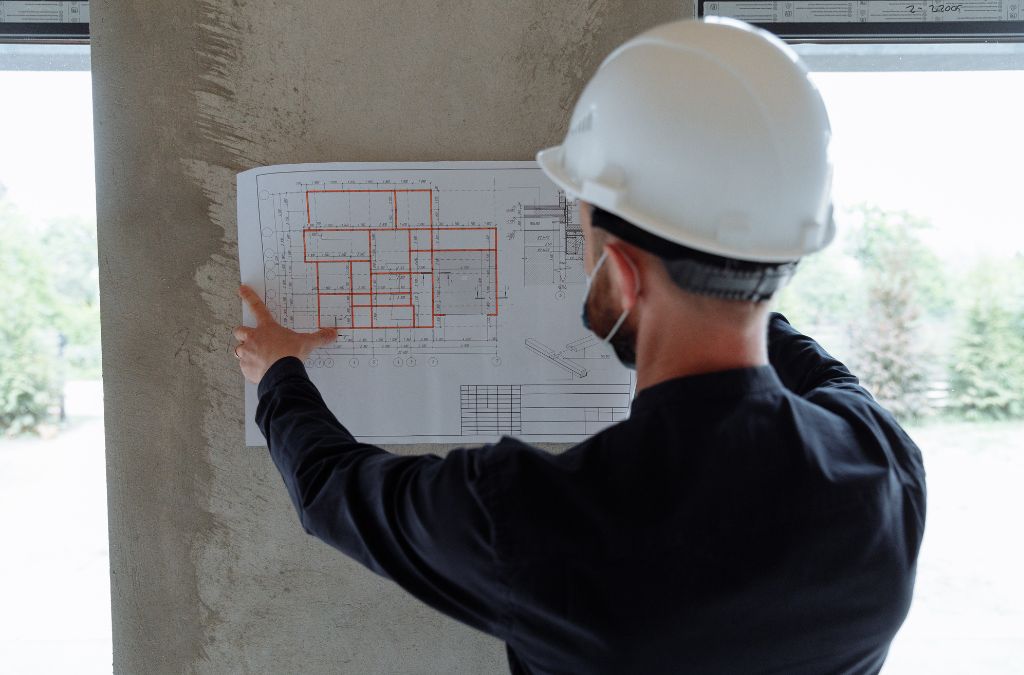
Architect Masterpieces
-
Table of Contents
- Architectural Masterpieces: Celebrating Iconic Designs Worldwide
- The Timeless Beauty of Ancient Architecture
- The Great Pyramid of Giza
- The Parthenon
- Modern Marvels: Pushing the Boundaries of Design
- The Burj Khalifa
- The Sydney Opera House
- Sustainable Architecture: Building for the Future
- The Edge
- One Central Park
- Conclusion
Architect Masterpieces: Celebrating Iconic Designs Worldwide
Architecture has always been a reflection of human ingenuity, culture, and technological advancement. From ancient wonders to modern marvels, iconic designs have shaped our cities and influenced our way of life. This article explores some of the most celebrated architectural masterpieces around the globe, highlighting their unique features and the impact they have had on society.
The Timeless Beauty of Ancient Architecture
Ancient structures continue to captivate us with their grandeur and historical significance. These buildings not only showcase the architectural prowess of their time but also offer insights into the civilizations that built them.
The Great Pyramid of Giza
One of the most iconic structures in history, the Great Pyramid of Giza, stands as a testament to the engineering skills of ancient Egyptians. Built around 2580–2560 BC, this pyramid was originally 146.6 meters tall and remained the tallest man-made structure for over 3,800 years.
- Constructed using approximately 2.3 million blocks of limestone and granite.
- Served as a tomb for the Pharaoh Khufu.
- Aligned with the cardinal points of the compass.
The Parthenon
Located on the Acropolis of Athens, the Parthenon is a symbol of ancient Greek architecture. Completed in 438 BC, this temple dedicated to the goddess Athena exemplifies the use of Doric columns and intricate sculptures.
- Constructed using Pentelic marble.
- Features a rectangular floor plan with a series of low steps on every side.
- Houses the famous statue of Athena Parthenos.
Modern Marvels: Pushing the Boundaries of Design
Modern architecture has introduced innovative designs and materials, resulting in structures that challenge conventional aesthetics and functionality. These buildings often become landmarks and symbols of their respective cities.
The Burj Khalifa
Standing at 828 meters, the Burj Khalifa in Dubai is the tallest building in the world. Designed by Adrian Smith of Skidmore, Owings & Merrill, this skyscraper is a marvel of modern engineering and design.
- Features a Y-shaped floor plan to optimize residential and hotel space.
- Utilizes a cladding system designed to withstand Dubai’s extreme temperatures.
- Houses the world’s highest observation deck on the 148th floor.
The Sydney Opera House
Renowned for its distinctive sail-like design, the Sydney Opera House is an architectural icon of the 20th century. Designed by Danish architect Jørn Utzon, this building was completed in 1973 and has since become a symbol of Australia.
- Comprises a series of large precast concrete shells.
- Hosts over 1,500 performances annually.
- Recognized as a UNESCO World Heritage Site in 2007.
Sustainable Architecture: Building for the Future
As environmental concerns grow, sustainable architecture has gained prominence. These designs focus on minimizing environmental impact and promoting energy efficiency, often incorporating green technologies and materials.
The Edge
Located in Amsterdam, The Edge is considered one of the greenest buildings in the world. Designed by PLP Architecture, this office building boasts numerous sustainable features and has received the highest BREEAM rating ever awarded.
- Utilizes solar panels to generate energy.
- Incorporates a rainwater harvesting system.
- Features smart lighting and climate control systems.
One Central Park
One Central Park in Sydney is a prime example of integrating nature with urban living. Designed by Jean Nouvel and Patrick Blanc, this residential building features vertical gardens that cover its façade, providing natural insulation and improving air quality.
- Includes over 250 species of Australian plants and flowers.
- Equipped with a heliostat to direct sunlight into shaded areas.
- Winner of multiple architectural awards, including the Best Tall Building Worldwide in 2014.
Conclusion
Architectural masterpieces, whether ancient or modern, continue to inspire and influence our built environment. These iconic designs not only showcase human creativity and innovation but also reflect the cultural and technological advancements of their time. As we move towards a more sustainable future, the integration of green technologies and materials in architecture will play a pivotal role in shaping our cities. Celebrating these architectural wonders allows us to appreciate the artistry and engineering that define our world.